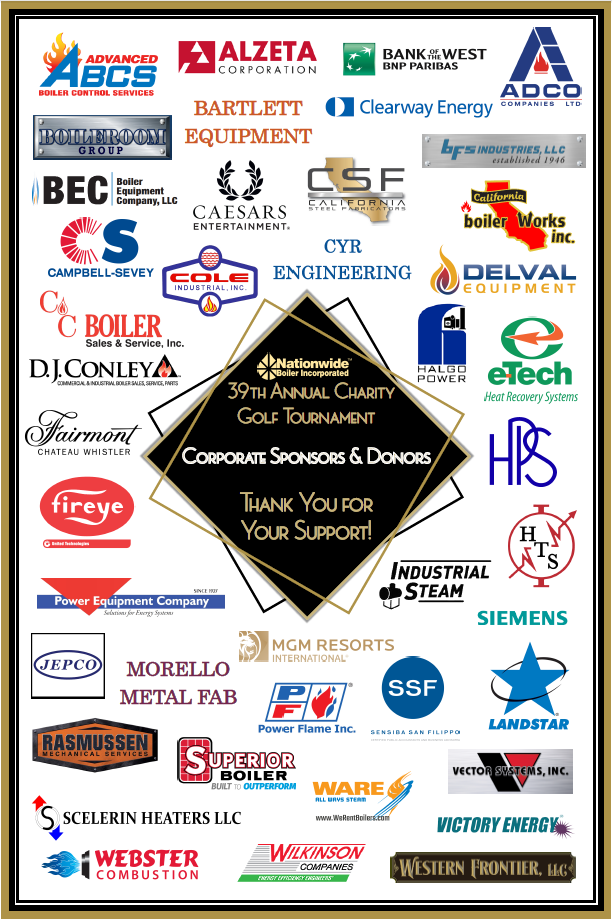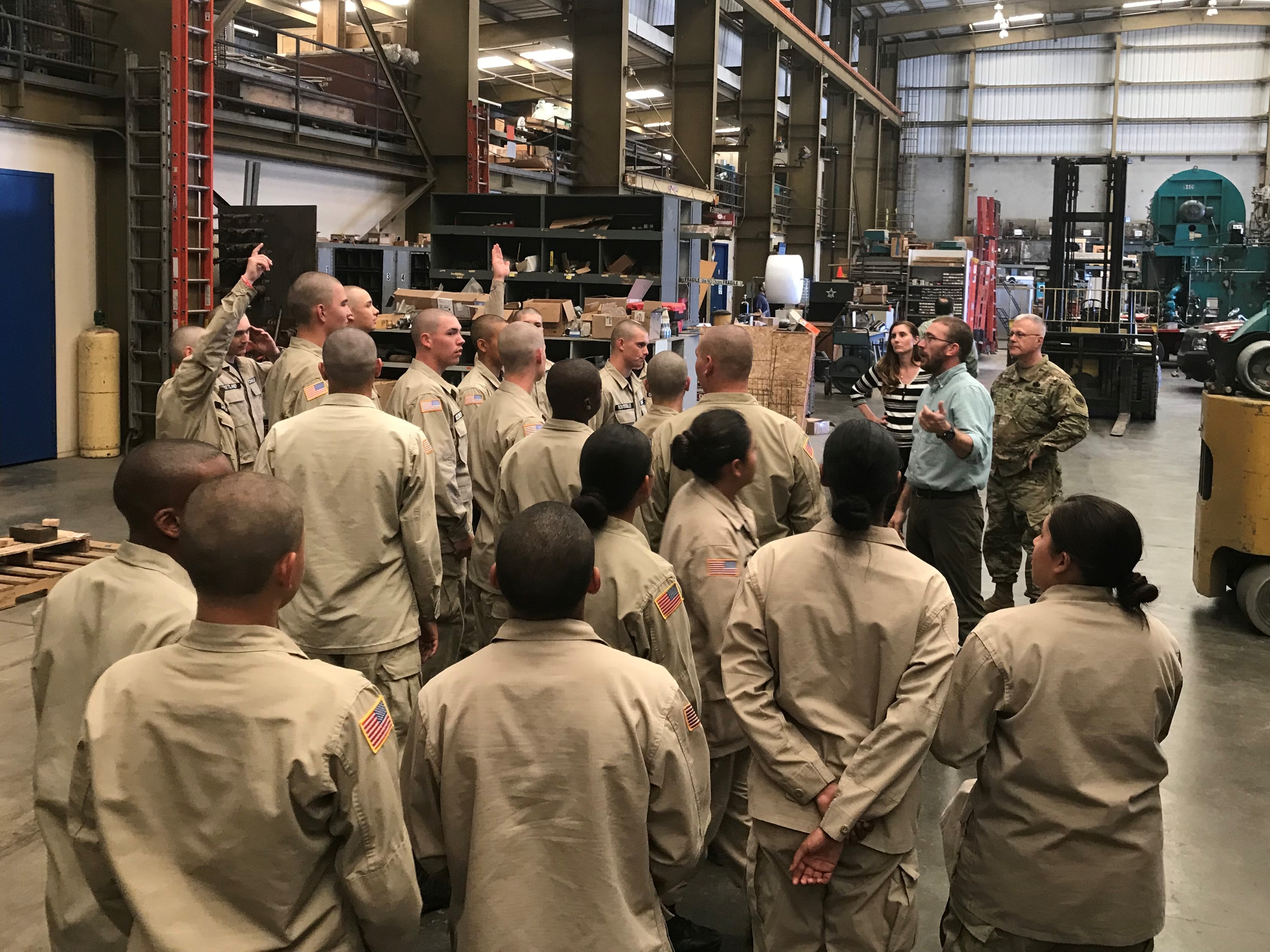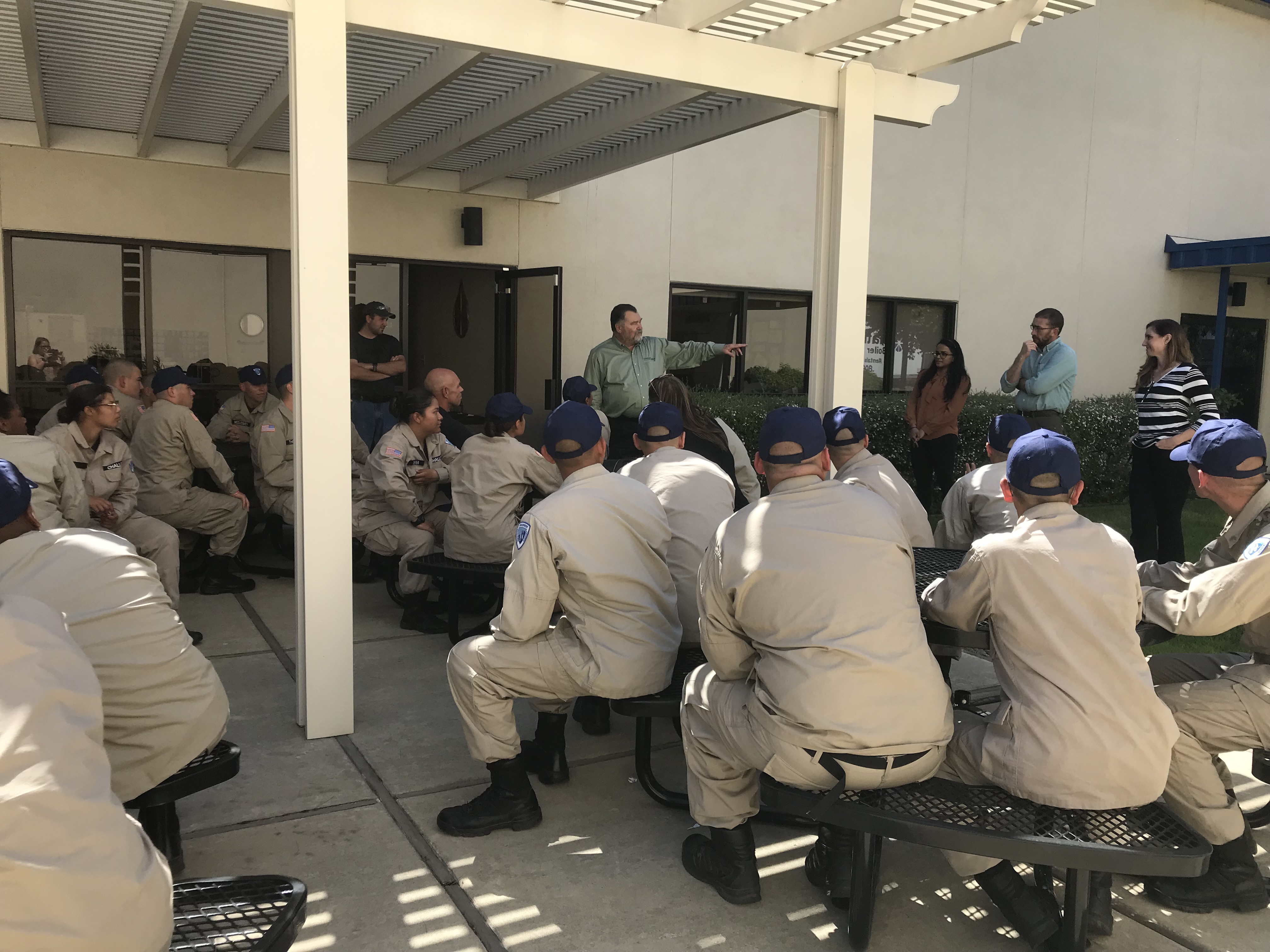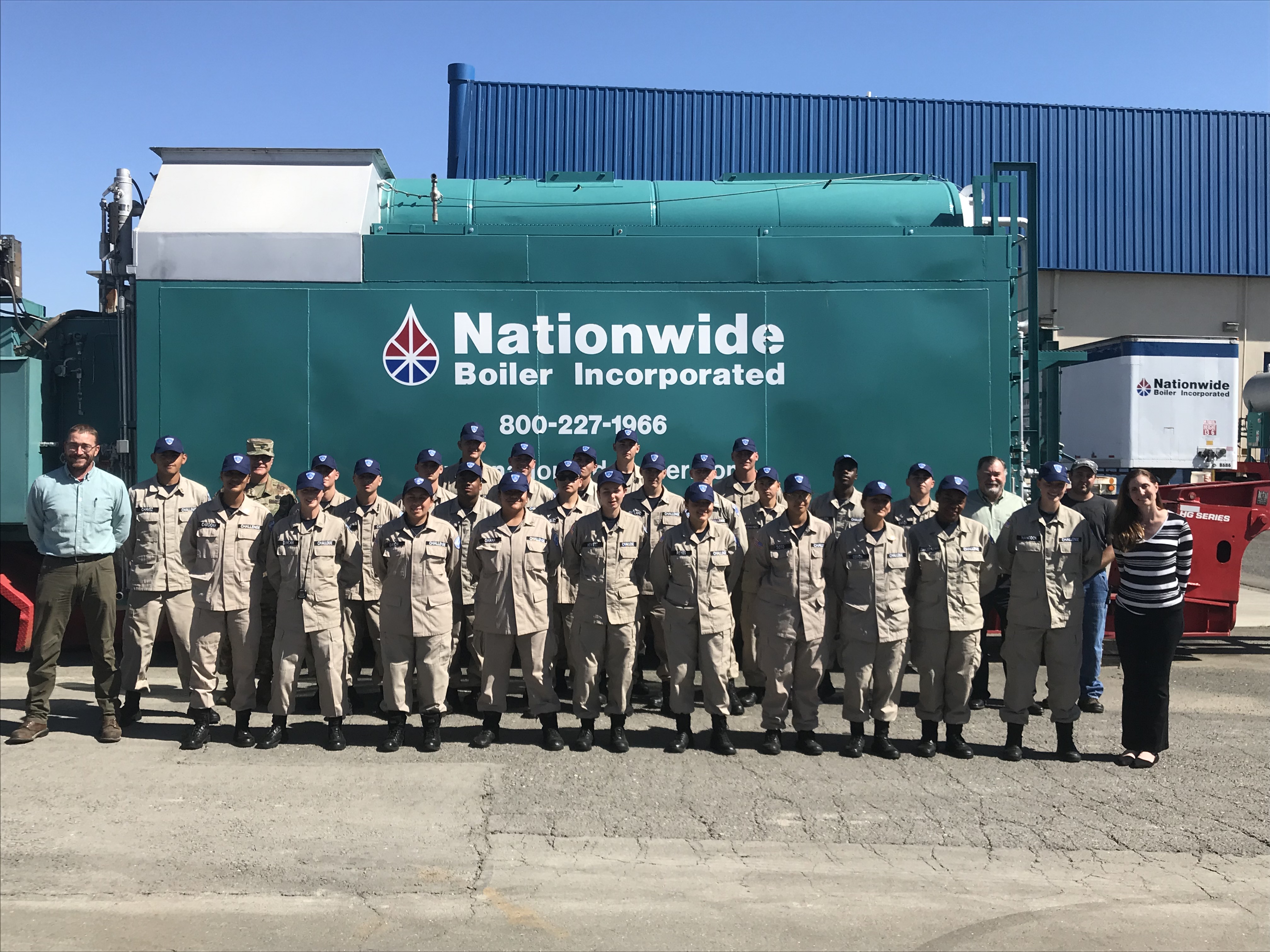June is typically a busy month filled with various industry events, and this year is no different. Next week we are sending Sales Engineer Luke Honnen to Indianapolis, IN to man our booth at this year’s Fuel Ethanol Workshop & Expo. Being held in the “Crossroads of America” June 10-12, the event is the longest running ethanol conference in the world, providing industry professionals with cutting-edge content and unparalleled networking opportunities. This year’s agenda is segmented into five concurrent tracks:
- Production & Operations
- Leadership & Financial Management
- Coproducts & Product Diversification
- Infrastructure and Market Development
- Advanced Biofuels
Nationwide Boiler will be co-exhibiting with our representative Combustion Systems Inc., as well as Babcock & Wilcox and Zeeco. Luke and the crew will be located at booth #1619, eager to discuss how we can assist with your next boiler or combustion-related project.
That same week, our Director of Sales Bill Testa will be in Houston, TX attending the Downstream Conference, the world’s largest downstream industry event. With over 7,000 industry professionals within Process Engineering, Engineering & Construction, Reliability & Maintenance, Shutdowns & Turnarounds, and Supply Chain & Logistics, the conference will tackle core challenges with world-class experts. If you will be in the Houston area that week, feel free to reach out to connect with Bill and our rep from HTS during or after the show.
At the end of the month, President & CEO Larry Day will head to Asheville, NC with Bill Testa to attend the ABMA’s Annual Summer Meeting, a four-day event that provides educational and networking opportunities geared for the boiler manufacturing industry. The focus of this year’s meeting will be leadership and innovation, two key factors of a successful business model.
Our last event of the month is the IDEA Annual Tradeshow and Conference, scheduled for June 24 – 27 in Pittsburgh, PA. This year’s theme is, “Energy for More Resilient Cities”, focused on building a better tomorrow. Nationwide Boiler’s Eastern US Business Manager, Jim Barbeau, will be at booth #95. Be sure to stop by to learn about how Nationwide Boiler’s family of companies can support the district heating industry with temporary and permanent boiler solutions, environmental control equipment, and integrated combustion controls.



 Upon conclusion of our Roaring Twenties theme banquet, the following tournament winners were announced:
Upon conclusion of our Roaring Twenties theme banquet, the following tournament winners were announced:

